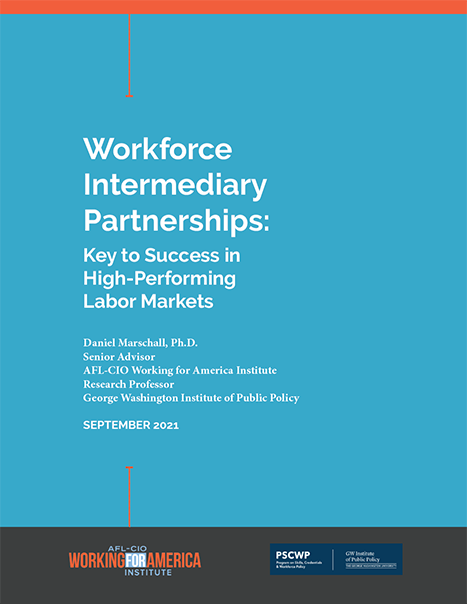This review of some 170 books, policy reports, and journal articles reveals that the workforce intermediary model of workforce development evolved from the 1980s to the present to serve a broad range of participants and become a central actor in the structure of local labor markets. As a subset of a larger body of labor market organizations, workforce intermediaries broker the relationship between workers and employers, reducing uncertainty in the labor exchange process and managing transaction costs.
Initial formation of workforce intermediaries stretches back to the federal Employment Services of the 1930s. The features of modern intermediaries were forged in successive versions of federal workforce legislation that emphasized “second-chance” services to disadvantaged persons and “low-skilled workers” in low-income communities. Scholars found that focus on these constituencies tended to stigmatize participants, lessening their attractiveness to employers. High-performing workforce intermediaries adapted by becoming more closely attuned to local community members and regarding industry, both employers and unions, as partners in developing training curriculum, designing supportive services, and serving the precise needs of employers in targeted industry sectors.
Most importantly, workforce intermediaries strive to integrate workforce development and economic development perspectives and services. Modern workforce intermediaries are diverse in their sponsors and partnerships, spanning local chambers of commerce and labor federations to worker centers. Further advancement in this organizational field requires greater sustainability among these organizations and government resources to establish what the Jewish Vocational Services calls a “sophisticated learning community” (Rubin 2019, 17) to share knowledge, identify best practices, and nurture continued innovation.

